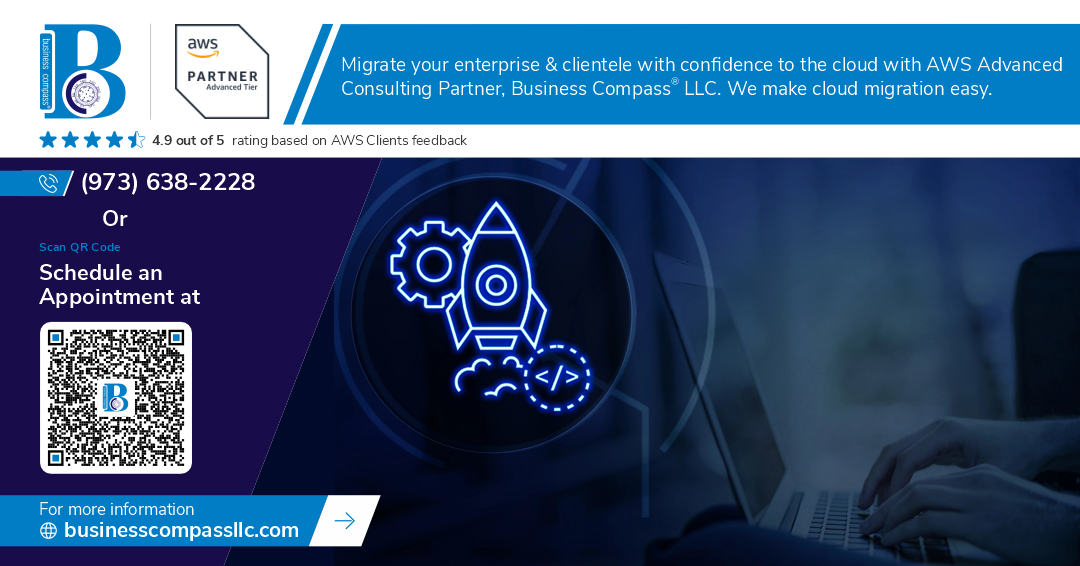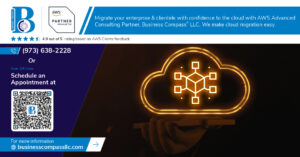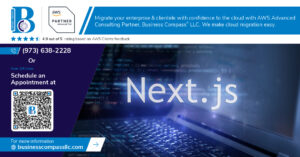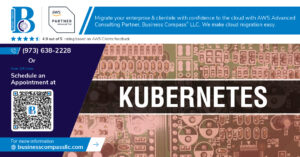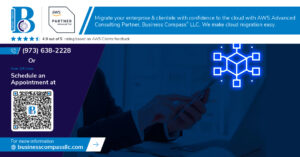You’re staring at a chunk of code, pulling your hair out, wondering why your app integration keeps failing. The culprit? Confusion between SDKs and APIs that’s costing you precious development time.
I’ve been there. Most developers have. That’s why understanding the SDK vs API relationship isn’t just nice-to-know info—it’s the difference between smooth development and deadline-crushing roadblocks.
In this guide, we’ll demystify these essential developer tools, showing exactly how SDKs and APIs work together to power the applications you build every day. You’ll learn which one you actually need for your specific project and how to leverage both for maximum efficiency.
But first, let’s address the question that secretly makes even senior developers second-guess themselves…
Understanding SDK: Software Development Kits Explained
What is an SDK and why developers need it
Ever tried building a house without a toolbox? That’s what coding without an SDK feels like. Software Development Kits are pre-packaged collections of tools, libraries, and documentation that save developers countless hours of writing code from scratch. They’re essentially the shortcut that lets you implement complex functionality without reinventing the wheel every time.
Key components of a typical SDK
Most SDKs come loaded with essential goodies that make a developer’s life easier:
- Libraries and frameworks – Pre-written code modules you can plug into your application
- APIs – Interfaces that connect your app to the platform or service
- Documentation – Comprehensive guides explaining how everything works
- Code samples – Ready-to-use examples showing implementation
- Debugging tools – Utilities to help find and fix errors
- Testing tools – Resources to ensure your implementation works correctly
The beauty of SDKs is how they bundle everything you need in one convenient package. No more hunting down individual components or figuring out compatibility issues on your own.
Different types of SDKs and their specific purposes
SDKs come in all shapes and sizes, each designed for specific development needs:
| SDK Type | Purpose | Common Use Cases |
|---|---|---|
| Mobile SDKs | Build native apps for iOS, Android, etc. | Creating mobile games, utility apps, social platforms |
| Platform SDKs | Develop for specific operating systems | Building Windows, macOS, or Linux applications |
| Hardware SDKs | Interface with specific devices | IoT development, smart home products, wearables |
| Service-specific SDKs | Connect to particular web services | Adding payment processing, authentication, mapping |
| Graphics SDKs | Create visual elements and animations | Game development, AR/VR applications |
Choosing the right SDK depends entirely on what you’re building and which platforms you’re targeting. The wrong SDK can lead to compatibility headaches down the road.
Real-world examples of popular SDKs
Some SDKs have become absolute staples in the development world:
- Firebase SDK – Google’s platform for building mobile and web apps with built-in analytics, databases, messaging and crash reporting
- Facebook SDK – Enables social login, sharing features, and analytics for apps integrated with Facebook
- AWS SDK – Provides access to Amazon’s vast cloud service infrastructure
- Unity SDK – Powers cross-platform game development with tools for 2D/3D rendering
- Stripe SDK – Simplifies payment processing integration for websites and apps
These powerhouse SDKs have transformed entire industries by making complex functionality accessible to developers of all skill levels. The right SDK can cut development time from months to days.
Demystifying APIs: Application Programming Interfaces
Demystifying APIs: Application Programming Interfaces
A. What is an API and its fundamental role in software development
Think of APIs as digital waiters in a restaurant. They take your order (request), relay it to the kitchen (another system), and bring back your food (data). Without these middlemen, software systems would be isolated islands, unable to share information. APIs enable everything from social media logins to payment processing, forming the backbone of modern software integration.
B. REST vs SOAP vs GraphQL: Comparing API architectures
| Architecture | Data Format | Protocol | Best For | Drawbacks |
|---|---|---|---|---|
| REST | JSON/XML | HTTP | Simple web services, mobile apps | Over-fetching data |
| SOAP | XML only | Multiple | Enterprise, high security | Heavy, complex |
| GraphQL | JSON | HTTP | Flexible data needs | Steeper learning curve |
REST is like a food truck – simple and widely available. SOAP is the fancy restaurant with strict rules. GraphQL? It’s the build-your-own-bowl place where you get exactly what you want, nothing more.
C. How APIs enable communication between different software systems
APIs break down walls between software systems. Imagine your banking app showing your latest transactions – that’s API magic at work. Your app isn’t directly accessing the bank’s database (thank goodness); instead, it’s making polite requests through an API. This creates a secure handshake between systems that weren’t built to talk to each other, enabling seamless data exchange without exposing sensitive inner workings.
D. Public vs Private APIs: Understanding the differences
Public APIs are the friendly neighborhood businesses with their doors wide open – think Twitter or Google Maps APIs. Anyone can use them (usually with an API key) to build cool stuff. Private APIs? They’re the exclusive clubs with bouncers at the door, designed for internal use only. Companies use them to connect their own systems while keeping outsiders away from their secret sauce.
E. API documentation best practices
Good API docs are like a well-written recipe – clear, tested, and leaving nothing to guesswork. The best ones include real-world examples, interactive playgrounds, and error messages that don’t make you want to throw your laptop out the window. Remember: developers using your API aren’t mind readers. Document everything, use plain language, and assume nothing. Your future self will thank you when troubleshooting at 2 AM.
Key Differences Between SDKs and APIs
A. Functionality and scope: How SDKs and APIs serve different purposes
APIs are like restaurant menus – they list what services are available, but don’t help you cook. SDKs are the full kitchen setup with recipes, utensils, and pre-made ingredients. APIs define communication rules while SDKs provide complete toolkits to build applications faster in specific environments.
B. Development efficiency: When to use each tool
Choose APIs when you need lightweight, flexible integration across multiple platforms. Go with SDKs when speed matters more than customization for a specific platform. APIs offer precision but require more coding; SDKs accelerate development with pre-built components but lock you into particular ecosystems.
C. Implementation complexity comparison
| Feature | SDK | API |
|---|---|---|
| Learning curve | Steeper initial curve, easier implementation | Lower entry barrier, more complex implementation |
| Setup time | Minutes (pre-packaged) | Hours/days (custom integration) |
| Code required | Minimal, mostly configuration | Extensive, requires deeper understanding |
| Documentation | Comprehensive, guided examples | Reference-focused, integration patterns |
D. Control and customization capabilities
SDKs prioritize convenience over control – like using meal kits instead of cooking from scratch. APIs give you raw ingredients to create exactly what you want, but require more skill. With SDKs, you’re limited by the toolkit’s boundaries; with APIs, you’re free to innovate but must build more yourself.
How SDKs and APIs Work Together
The complementary relationship between SDKs and APIs
Think of SDKs and APIs as the dynamic duo of the development world. APIs provide the raw communication channels, while SDKs package everything up with a nice bow. It’s like having a recipe (API) versus getting a meal kit with pre-measured ingredients and specialized tools (SDK). They’re designed to work together to make your development life easier.
How SDKs often wrap and simplify API interactions
SDKs are basically fancy wrappers for APIs. They take those complex API calls and bundle them into user-friendly methods and functions. Instead of writing 15 lines of code to make an API request, authenticate, handle errors, and parse responses, an SDK might let you do it in just one or two lines. That’s the magic.
Authentication and security considerations
Security isn’t optional anymore, and that’s where the SDK-API partnership really shines. Good SDKs handle the messy parts of API security for you – managing tokens, refreshing credentials, and implementing best practices. They abstract away the complexity while ensuring your connections remain secure. No more forgetting to encrypt that OAuth token!
Performance optimization when using both tools
When SDKs and APIs play well together, performance soars. Well-designed SDKs include caching mechanisms, connection pooling, and retry logic that would be tedious to implement yourself. They optimize network requests, batch operations when possible, and handle threading in ways that make your application zip along. The difference can be dramatic.
Selecting the Right Tools for Your Development Needs
Selecting the Right Tools for Your Development Needs
A. Assessing your project requirements
Ever stared at the endless options of development tools and felt totally lost? Been there. Choosing between SDKs and APIs starts with really knowing what your project needs. Map out your functional requirements, technical constraints, and team capabilities first. This clarity makes all the difference when evaluating which tools will actually serve your goals rather than complicate them.
B. Evaluating third-party SDKs and APIs
When shopping for third-party solutions, don’t just grab the first shiny SDK or API you see. Look at documentation quality, community support, update frequency, and pricing models. The best tools have robust documentation, active communities, regular updates, and transparent pricing. Test drive before committing—many providers offer free trials or sandbox environments to experiment with their offerings before you dive all in.
C. Build vs buy decision framework
The eternal developer dilemma: build it yourself or use what’s out there? Consider these factors:
| Factor | Build | Buy |
|---|---|---|
| Time | Longer development cycle | Faster implementation |
| Cost | Higher upfront development costs | Predictable subscription/licensing fees |
| Control | Complete customization | Limited to vendor capabilities |
| Maintenance | Your responsibility | Handled by provider |
| Expertise | Requires specialized knowledge | Leverages external expertise |
When time-to-market is crucial, third-party tools often win. For highly specialized or core business functions, building might make more sense long-term.
D. Integration testing strategies
Good integration doesn’t happen by accident. Create a solid testing plan that verifies all touchpoints between your application and external SDKs or APIs. Start with unit tests for individual components, then move to integration tests that check how everything works together. Set up automated testing pipelines to catch issues early and often. Mock external dependencies during development to speed up testing cycles and reduce dependency on external services.
E. Future-proofing your implementation choices
Technology changes fast—what’s hot today might be obsolete tomorrow. Protect your investment by implementing abstraction layers between your code and third-party tools. This insulation makes it easier to swap out components later without massive rewrites. Keep an eye on vendor roadmaps and community trends to anticipate changes. And always have a contingency plan for critical dependencies—what would you do if that perfect SDK suddenly doubled in price or got discontinued?
Taking the First Step in Your Development Journey
SDKs and APIs each serve distinct yet complementary roles in software development. While APIs provide standardized interfaces for applications to communicate with each other, SDKs offer comprehensive toolkits that include APIs along with additional resources like documentation, code samples, and testing tools. Understanding their differences in complexity, use cases, and implementation requirements helps developers make informed choices for their specific project needs.
As you evaluate your development requirements, remember that SDKs and APIs aren’t competing technologies but complementary tools that often work best together. SDKs can simplify your interaction with complex APIs, while APIs provide the essential connections between different software components. By selecting the right combination of these tools based on your project scope, timeline, and team expertise, you’ll be well-positioned to create efficient, robust applications that meet your users’ needs.










